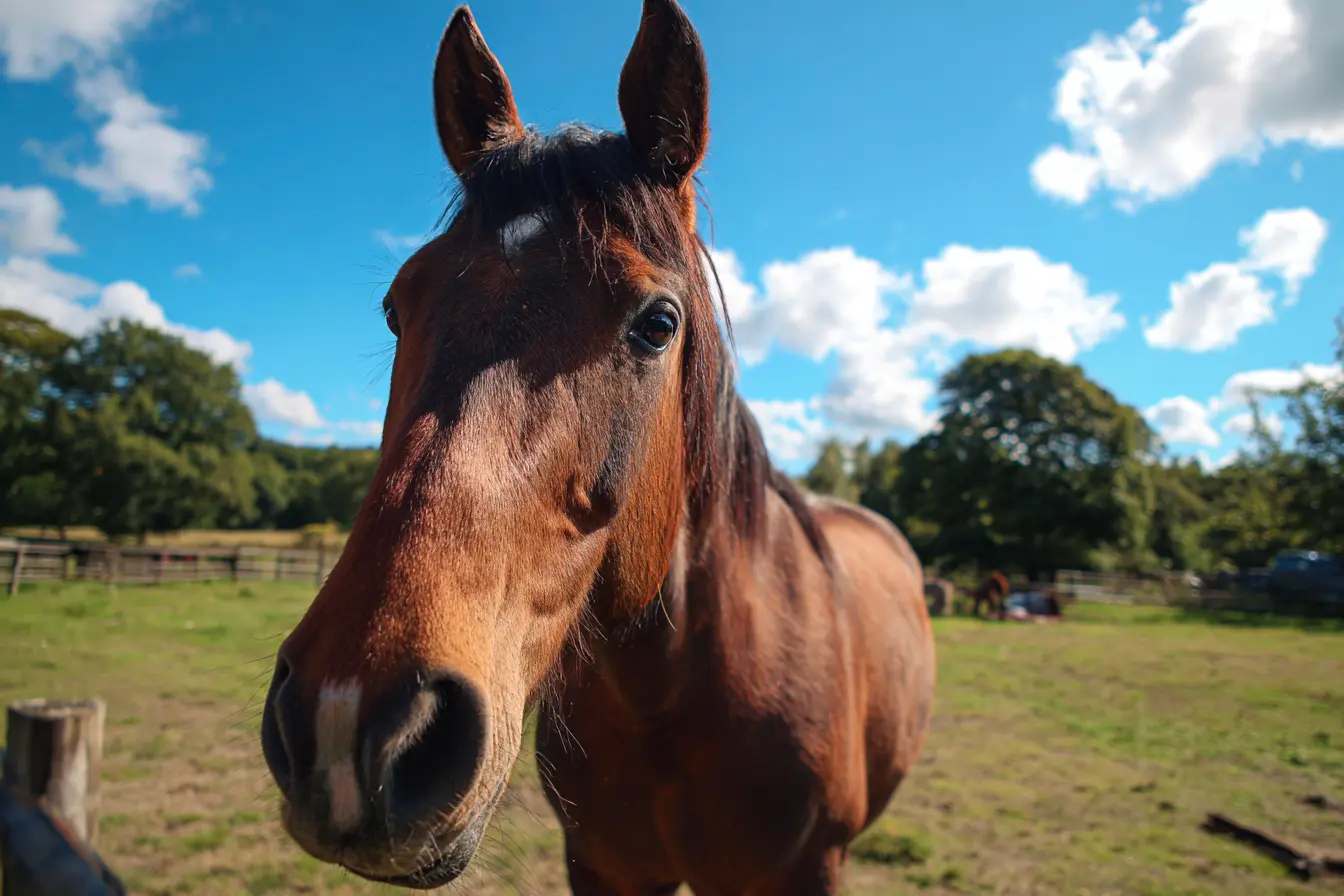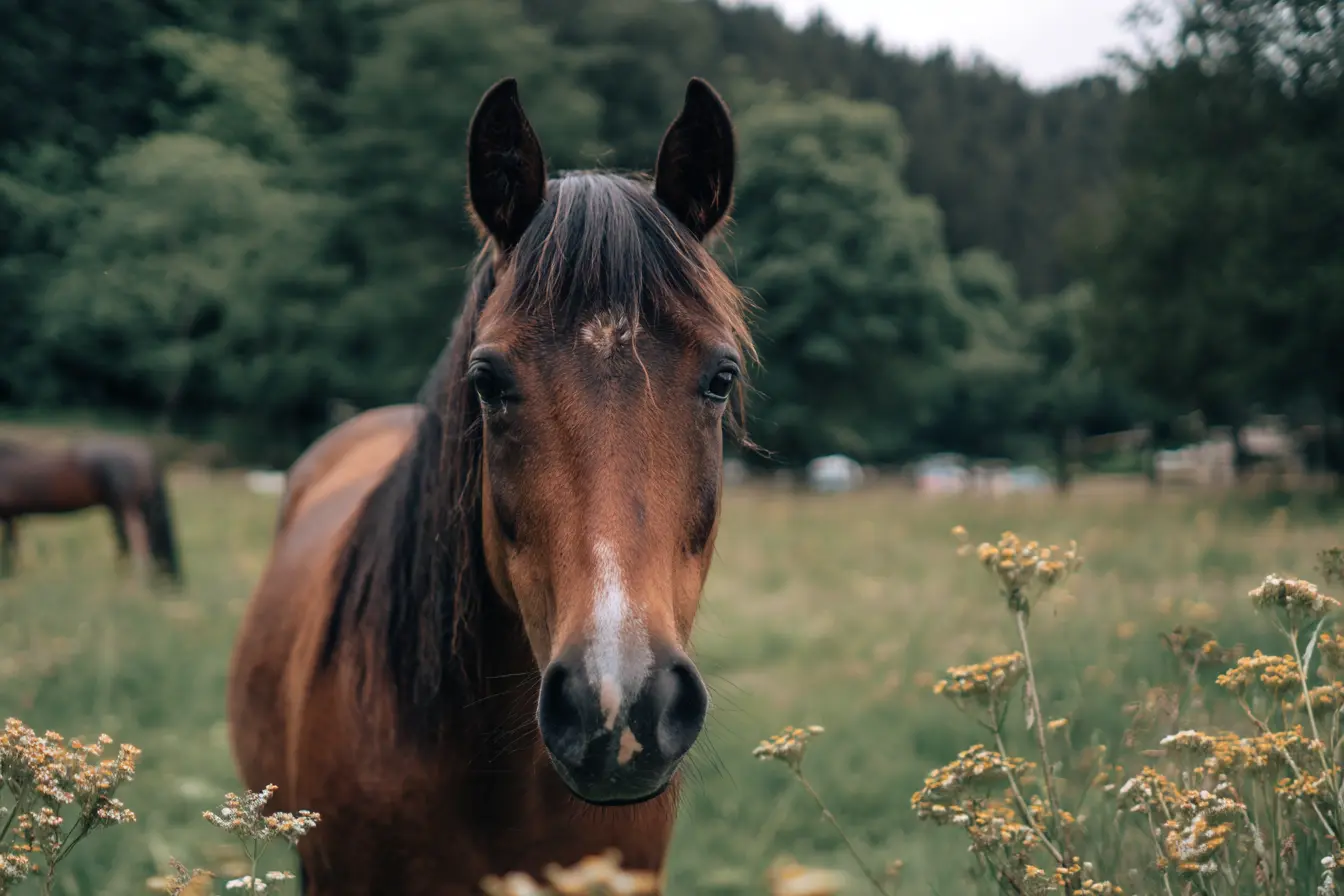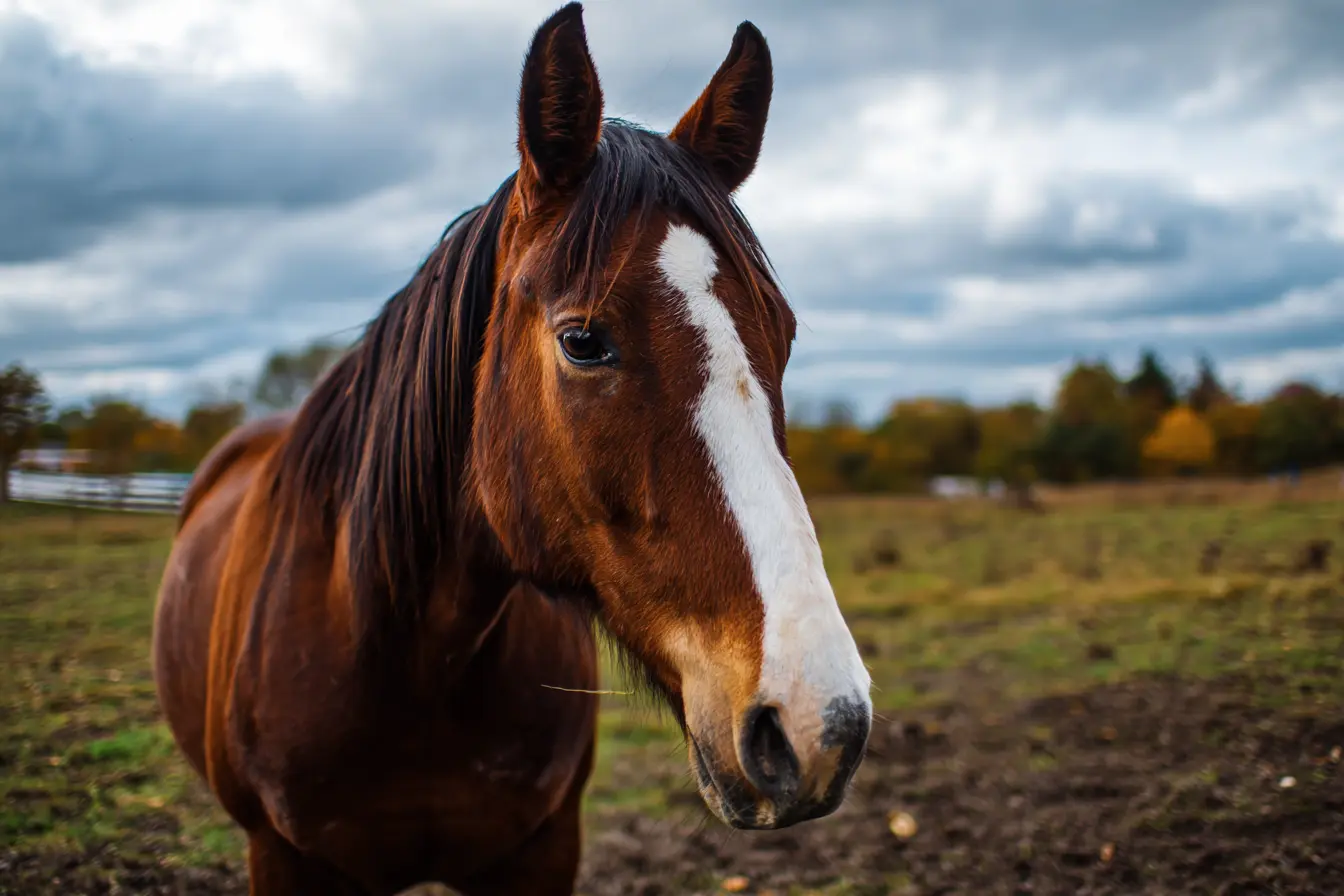
The Ultimate Guide to Deworming Horses
Deworming is a cornerstone of responsible equine care. Parasites can cause serious health problems in horses—from poor condition and weight loss to life-threatening colic. With the emergence of resistance to common wormers, modern deworming practices have evolved beyond simply giving a paste every few months. This comprehensive guide covers everything you need to know about deworming horses: types of worms, symptoms, diagnostic methods, targeted treatment strategies, and best practices for prevention.
Why Deworming Horses Is Important
Internal parasites, if left unchecked, can damage a horse’s digestive system, reduce nutrient absorption, and even lead to death. Foals, young horses, and senior horses are especially vulnerable.
Effective deworming:
- Maintains digestive health and weight
- Supports energy levels and performance
- Reduces risk of colic caused by worm-related impaction or migration
- Prevents long-term damage to organs
- Minimises pasture contamination and spread to herd mates
Modern best practice focuses on targeted deworming based on faecal egg counts, rather than routine blanket worming.
Common Types of Equine Worms
Several internal parasites commonly affect horses. Each has its own life cycle, preferred habitat within the body, and associated risks.
Small Redworms (Cyathostomins)
- Most common equine parasites in the UK
- Reside in the large intestine
- Larvae can encyst in gut walls, causing damage when they emerge
- Mass emergence can cause larval cyathostominosis, a potentially fatal disease
Large Redworms (Strongylus vulgaris)
- Once a major threat, now less common due to effective wormers
- Migrate through blood vessels, potentially causing clots and colic
- Still dangerous if present
Roundworms (Parascaris equorum)
- Primarily affect foals and young horses under 2 years
- Cause poor growth, coughing, nasal discharge, and intestinal impaction
- Resistance to ivermectin becoming more common
Tapeworms (Anoplocephala perfoliata)
- Cluster at the junction of the small and large intestines
- Associated with spasmodic colic, impaction, and intussusception
- Detected through blood or saliva tests (not always visible in faeces)
Bots (Gasterophilus spp.)
- Larvae of bot flies, attach to stomach lining
- Cause irritation and contribute to gastric issues
- Controlled via winter worming
Pinworms (Oxyuris equi)
- Live in the colon and lay eggs around the anus
- Cause intense tail rubbing and discomfort
- Diagnosis via tape test or observation
Signs Your Horse Might Have Worms
Worm infestations vary in severity. Some horses show no outward signs, while others may experience serious symptoms:
- Dull coat and poor body condition
- Weight loss
- Diarrhoea or inconsistent droppings
- Lethargy or reduced performance
- Tail rubbing or itchy hind end
- Colic (especially spasmodic or impaction)
- Poor appetite
- Stunted growth in foals
Many signs are non-specific, so proper diagnosis is key.
Diagnostic Methods: Faecal Egg Count and Testing
The cornerstone of modern worming protocols is diagnostic testing. This helps avoid unnecessary treatments and slow down resistance.
Faecal Egg Count (FEC)
- Measures number of strongyle or roundworm eggs per gram (EPG) of faeces
- Helps identify horses shedding high levels of eggs (targeted treatment)
- Does not detect encysted larvae, tapeworms, or bots
Tapeworm Testing
- Saliva test (e.g. EquiSal) or blood test
- Detects antibodies to tapeworms
- Helps determine if treatment is necessary
Worm Egg Count Reduction Test (WECRT)
- Compares faecal egg count before and after worming
- Assesses wormer effectiveness and checks for resistance
Testing is recommended:
- Every 8–12 weeks for adults (especially in spring and summer)
- Prior to autumn/winter treatment to assess need for encysted redworm control
Deworming Medications for Horses
There are several classes of equine wormers, each targeting different parasites.
Ivermectin
- Effective against adult redworms, roundworms, bots
- Common and widely available
- Resistance emerging in some areas
Moxidectin
- Similar to ivermectin but also targets encysted redworm larvae
- Should not be used in foals under 4 months
- Long residual action (12–13 weeks)
Pyrantel
- Targets adult redworms and tapeworms (at double dose)
- Lower risk of side effects
- Shorter duration of action
Fenbendazole
- Broad-spectrum (when used at standard dose)
- Five-day double dose required for encysted redworms
- Resistance is widespread
Praziquantel
- Specifically targets tapeworms
- Often combined with ivermectin or moxidectin in single-dose syringes
Important: Always read the label, weigh your horse accurately, and give the full dose. Underdosing contributes to resistance.
Strategic Deworming: A Targeted Approach
Targeted worming, or selective therapy, is now the gold standard. It involves:
- Testing faecal egg counts regularly
- Treating high shedders only
- Worming for encysted larvae, bots, and tapeworms at specific times annually
- Minimising unnecessary chemical use to slow resistance
Recommended general schedule:
- Spring to autumn (March–October): Faecal egg count every 8–12 weeks
- Late autumn/winter (November–January): Worm with moxidectin for encysted redworms, and praziquantel if tapeworm risk is high
- Annual tapeworm test or treatment in late autumn
- Foals and yearlings: Require more frequent monitoring due to higher susceptibility
Preventing Parasites in the Field
Good pasture management reduces parasite burden and reliance on chemical wormers:
- Poo-pick daily or at least twice weekly
- Avoid overgrazing or overcrowding
- Rotate pastures and rest grazing areas
- Cross-graze with sheep or cattle where possible
- Provide separate feeding and watering areas
- Quarantine and test new arrivals before turnout
These steps reduce worm egg contamination and support long-term pasture health.
Resistance: A Growing Threat
Overuse and incorrect use of dewormers has led to drug resistance in many equine parasite populations. Once resistance develops, it cannot be reversed. Protect wormer effectiveness by:
- Using wormers only when needed
- Rotating drug classes based on testing, not the calendar
- Never underdosing
- Performing post-treatment egg count reduction tests
Conclusion
Deworming horses is no longer a simple “every few months” task—it’s a strategic, data-driven process aimed at protecting both equine health and the future effectiveness of deworming drugs. By testing regularly, treating selectively, and managing pastures responsibly, you can ensure your horse remains healthy while also combating drug resistance.
If you're unsure where to start, speak with your vet about creating a personalised worming programme. A small investment in diagnostics and planning can make a huge difference in your horse's long-term well-being.
Contents
Tags
Vets near you
Speciality vets
- Aquatics vet specialists
- Birds vet specialists
- Camelids vet specialists
- Cats vet specialists
- Cattle vet specialists
- Deer vet specialists
- Dogs vet specialists
- Equines vet specialists
- Exotic vet specialists
- Goats vet specialists
- Pigs vet specialists
- Poultry vet specialists
- Sheep vet specialists
- Small Mammals vet specialists
- Wild vet specialists



